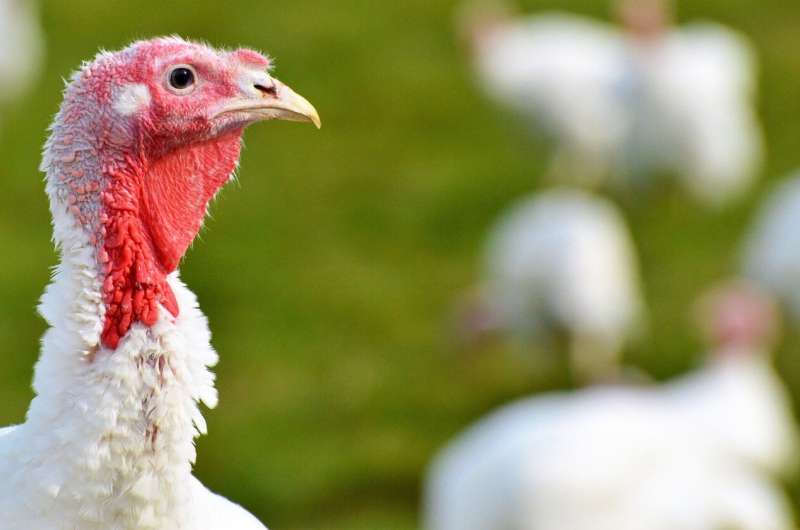The H5N1 bird flu virus has become a major crisis for the poultry industry, and it’s showing no signs of slowing down. Since its first detection in a U.S. poultry farm in February 2022, the virus has spread to all 50 states, leading to the loss of over 166 million birds. The consequences? Skyrocketing egg prices and increased challenges for poultry farmers.
Is Mass Culling Sustainable?
Traditionally, the primary response to an outbreak has been mass culling—eliminating entire flocks to prevent further spread. Experts argue this is the most effective method, as H5N1 is highly contagious and deadly, with a mortality rate of nearly 100% in infected flocks.
Dr. Angela Rasmussen, a virologist at the University of Saskatchewan, explains that sparing birds that appear healthy is risky. These birds may be infected without symptoms and could spread the virus before signs of illness appear. Testing every bird individually is costly and time-consuming, and even a single missed case could reignite an outbreak.
Exploring Alternatives: Vaccines & Biosecurity
As the industry struggles with the long-term impact of H5N1, alternative strategies are being considered:
- Vaccination – Some countries, like China and France, already use bird flu vaccines, and the USDA recently approved an H5N2 vaccine. However, many international trade agreements prohibit poultry imports from vaccinated birds, fearing vaccines could mask the virus. This restriction poses a significant challenge since the U.S. exports over 6.7 billion pounds of chicken meat annually.
- Biosecurity Measures – Improved farm biosecurity could help contain outbreaks. Farmers can implement stricter sanitation protocols, such as limiting cross-contamination between barns, requiring workers to change clothing and boots between different poultry houses, and enhancing ventilation systems to prevent airborne transmission.
- Wild Bird Management – Since wild birds are primary carriers of H5N1, some experts suggest relocating wetlands or creating designated habitats to keep them away from poultry farms. Tracking wild bird movements using apps like eBird and BirdCast can help farmers anticipate risks and enhance protective measures during migration seasons.
The Future of Poultry Farming
For now, mass culling remains the go-to response to H5N1 outbreaks, as it’s seen as the most effective way to prevent further spread and protect human workers from potential infections. However, as the virus continues to evolve, so must the industry’s approach.
Experts emphasize the need for global cooperation in tracking and containing the disease. Increased surveillance, strategic farm placement, and investment in alternative solutions could help reduce the devastating impact on poultry farmers.
At Eggora, we understand the challenges faced by poultry farmers and remain committed to keeping you informed on the latest industry developments.
Download Eggora Poultry App: https://www.eggora.com/download-app
